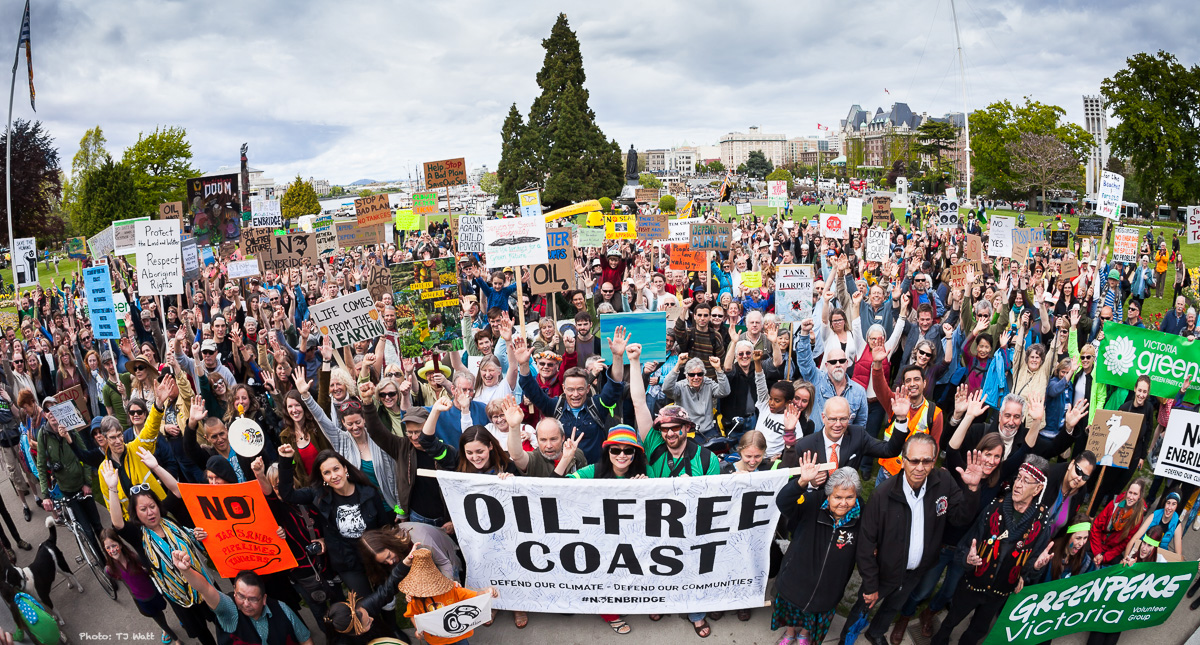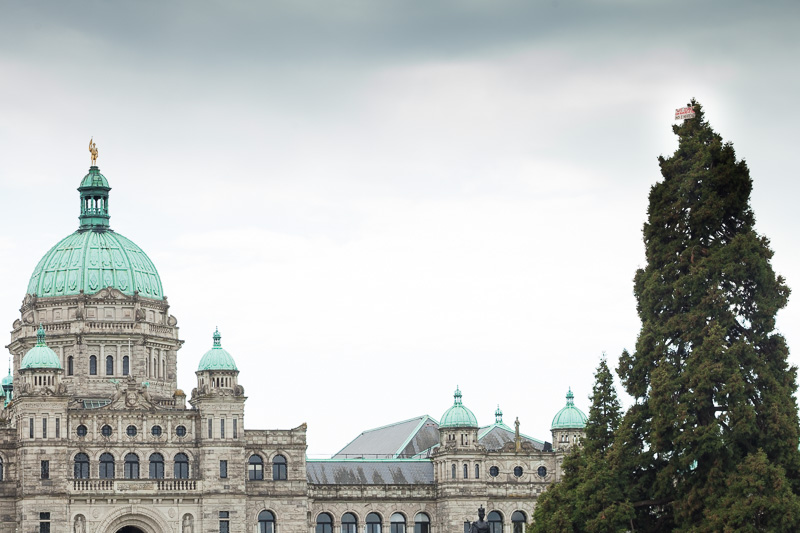Last month I had one of the most amazing experiences of my life - I climbed Big Lonely Doug, Canada's second largest Douglas-fir tree. See the photo gallery here. I've long dreamed to reach the canopies of these living skyscrapers, to be a part of that seemingly unreachable world which hides so many of the forests secrets. So the Ancient Forest Alliance teamed up with the Arboreal Collective, a group of professional tree climbers working to help highlight, research, and document BC's biggest trees and endangered old-growth forests. Using careful rope techniques, they go to extreme lengths to minimize any potential impact on the trees themselves. The first day was spent photographing the climbers setting the initial lines with the Big Shot sling shot and making the first-ever ascents. On the second day it was my turn to go up and WOW - what an incredibly surreal feeling! I felt like a tiny pine cone swaying in the breeze - the sheer size of the tree almost impossible to comprehend. Measuring in at 66m (216ft) tall, 12m (39ft) in circumference, and 4m (13ft) in diameter, Doug is massive. Sitting near the top, it was humbling to think for how long this gentle giant has stood the test of time watching over this valley, planting it's roots deeper day-by-day, for upwards of a thousand years. Our visit was but the briefest blip in his very long life. But looking around the tree at the clearcut and giant stumps from 2012, it was quite evident the impact that humans can have in a short period of time. 75% of Vancouver Island's productive old-growth forests have been logged including 90% of the valley bottoms. 99% of the old-growth Douglas-fir trees on BC's coast have also been logged. To help with research into these rare forests, we brought back small soil & moss samples for entomologists who will look for new species of spiders, insects, and mites. I hope that the images that from this climb and future initiatives to document the largest trees and grandest groves in BC will help to raise awareness around the world about these highly endangered ecosystems. The BC government must act now to save our last unprotected ancient forests.
Photo gallery: www.tjwatt.com/big-lonely-doug-climb
Video clips: www.youtube.com/watch?v=OxPlKVK8RLM
News articles:
• AFA Media Release: Tree Climbers Scale 'Big Lonely Doug,' Canada's 2nd Largest Douglas-fir Tree, Highlighting BC's Endangered Old-Growth Forests
• Globe and Mail: Big Lonely Doug: Canada's loneliest tree still waiting on help
• Huffington Post: Tree Climbers scale Canada's 2nd Largest Douglas-Fir
• Times Colonist: Tree climbers scale Big Lonely Doug
• Metro News: Climbers scale Canada's 'Big Lonely Doug'





















